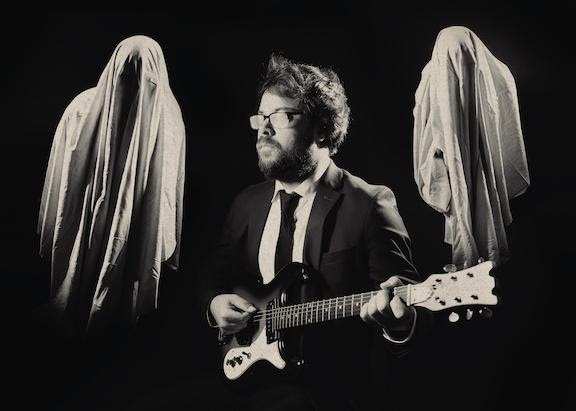Based out of New York, Ghost Funk Orchestra has a sound that’s as much of a blast from the past as it is modern. Any fan of Motown and ‘60s psychedelia is bound to love what this band has going on an...
Haven’t subscribed yet? Click here to register.
CT Examiner is just $20 a year. And if you want to unsubscribe? That’s online and at the click of a button. No phone calls. No runaround. No hassle.
At less than a tenth the cost of our statewide competitors, our promise to you is no-nonsense federal, state, and local news that’s nonpartisan, respects your privacy and is ad-free.
Subscribe and see why CT Examiner is the fastest growing news source in Connecticut.

